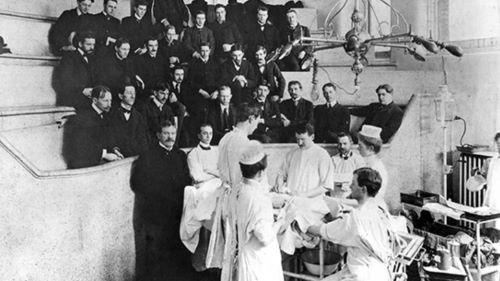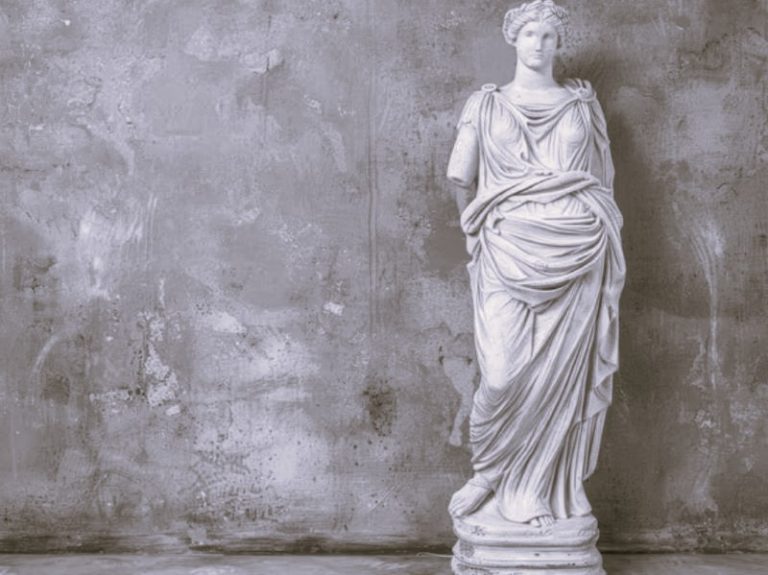

Medicine has evolved significantly over the centuries, reflecting the shifts in scientific knowledge, societal needs, and educational methodologies. From ancient practices to modern-day medical education, the journey has been long and transformative, paving the way for advancements in healthcare and patient treatment.
This article explores this fascinating progression, delving into various historical periods and examining the changes that have shaped medical education into what it is today.
Ancient Beginnings And The Hippocratic Oath
The genesis of medical education lies in the heart of ancient civilizations such as Egypt, Greece, and Rome. Medical knowledge was often deeply intertwined with religious and supernatural beliefs in these societies. Healing was seen as a blend of art and science, with a strong reliance on natural remedies and a belief in the divine influence on health.
The Greek civilization played a pivotal role in shaping medical education. The Hippocratic Oath, a cornerstone of medical ethics, emerged from this era. Drafted by Hippocrates, often referred to as the ‘Father of Medicine,’ this oath set forth principles of medical ethics and practice, emphasizing the importance of moral conduct in the medical profession. The oath’s insistence on patient welfare and confidentiality remains a crucial part of modern medical education and practice, underlining the timeless relevance of these ancient principles.
Medieval Contributions And The Rise Of Universities
As the world transitioned into the medieval era, significant developments occurred in medical education. Before the world saw graduate pre med programs, this period marked the establishment of the first universities in Europe, such as the University of Bologna in Italy and the University of Paris in France. These institutions began to offer structured medical courses, laying the groundwork for a more formal and systematic approach to medical training.
This era marked a crucial shift towards a more scientific approach to medicine, moving away from purely religious and superstitious interpretations of health and disease. However, the growth and development of medical science were somewhat restrained due to prevailing religious and cultural constraints. The Church, which played a dominant role in education during this period, often imposed limitations on the study and dissection of human bodies, which hindered the deeper understanding of human anatomy and physiology.
Renaissance Innovations And Anatomical Discoveries
The Renaissance period brought a seismic shift in medical education. This era, characterized by a revival of learning and culture, witnessed remarkable advancements in understanding human anatomy.
The work of Andreas Vesalius, a Flemish anatomist and physician, stands out during this time. His detailed study and illustrations of human anatomy in ‘De Humani Corporis Fabrica’ (On the Fabric of the Human Body) challenged many of the prevailing inaccuracies and misconceptions inherited from ancient texts, particularly those of Galen, a Greek physician.
Vesalius’s work laid the foundation for modern anatomy and, by extension, modern medical research and education. This period also saw an increased use of dissection and autopsies, improving the understanding of human body function and pathology.
Modernization In The 19th Century
The 19th century marked a pivotal moment in medical education’s history with germ theory’s emergence. Pioneers like Louis Pasteur and Robert Koch were instrumental in discovering the role of microorganisms in causing diseases. This groundbreaking discovery revolutionized the field of medicine, leading to the development of vaccines, antiseptics, and a better understanding of diseases and their transmission.
This era also witnessed the introduction of more rigorous clinical training for medical students. Medical education began emphasizing hands-on experience, with students increasingly participating in patient care and surgery. This practical approach to training was a significant shift from the predominantly theoretical instruction of previous centuries.
Graduate Pre-Med Programs And 20th-Century Advances
The 20th century saw further refinement in the structure of medical education with the introduction of graduate pre-med programs. These programs standardized medical training, ensuring that students had a solid foundation in the sciences before embarking on their medical studies.
This period also witnessed the incorporation of significant technological advancements into medical curricula, such as the use of X-rays and other diagnostic tools. There was also a greater emphasis on research, with medical education increasingly focusing on evidence-based medicine. The Flexner Report of 1910 significantly influenced medical education in the United States and Canada, advocating for higher entry requirements and adherence to the scientific method in medical education and practice.
Contemporary Challenges And Digital Integration
In the contemporary world, medical education faces new challenges and opportunities, primarily driven by rapid technological advancements and changing global health needs. Integrating digital tools, such as electronic health records and telemedicine, into medical curricula, for instance, reflects the ongoing evolution in the field.
Moreover, personalized medicine, a medical model that proposes the customization of healthcare, with medical decisions and treatments tailored to individual patients, is becoming increasingly relevant. This integration is crucial in preparing future physicians to tackle complex and diverse health issues in a globalized world.
The Future Of Medical Education
Looking ahead, the future of medical education seems to be increasingly interdisciplinary and collaborative. The burgeoning fields of artificial intelligence, genomics, and other emerging technologies are poised to further revolutionize how medical professionals are trained. The focus is likely to shift towards a more holistic and integrated approach, emphasizing preventive medicine and managing chronic diseases, which are becoming more prevalent in an aging population. The goal is to equip future medical professionals with technical skills and knowledge and the ability to adapt to rapidly changing technological landscapes, ensuring effective, personalized patient care in the years to come.
Final Thoughts
The journey of medical education from ancient times to the present reflects humanity’s relentless pursuit of knowledge and betterment in healthcare. As we move forward, the lessons from the past, combined with modern advancements, promise a future where medical education continues to evolve, adapt, and improve, ultimately leading to enhanced patient care and health outcomes.






